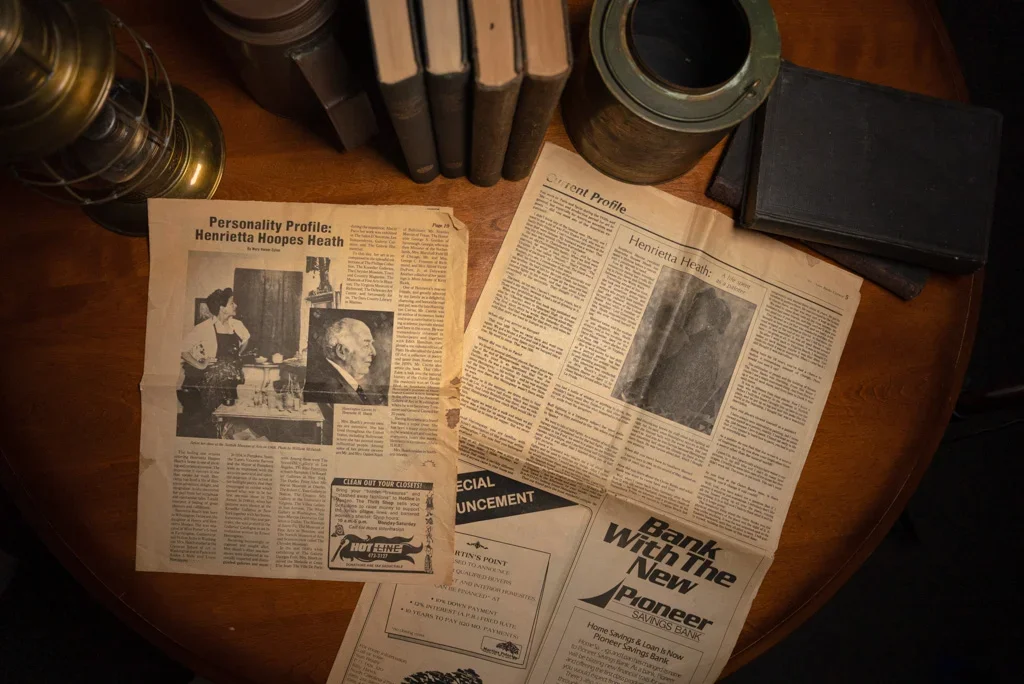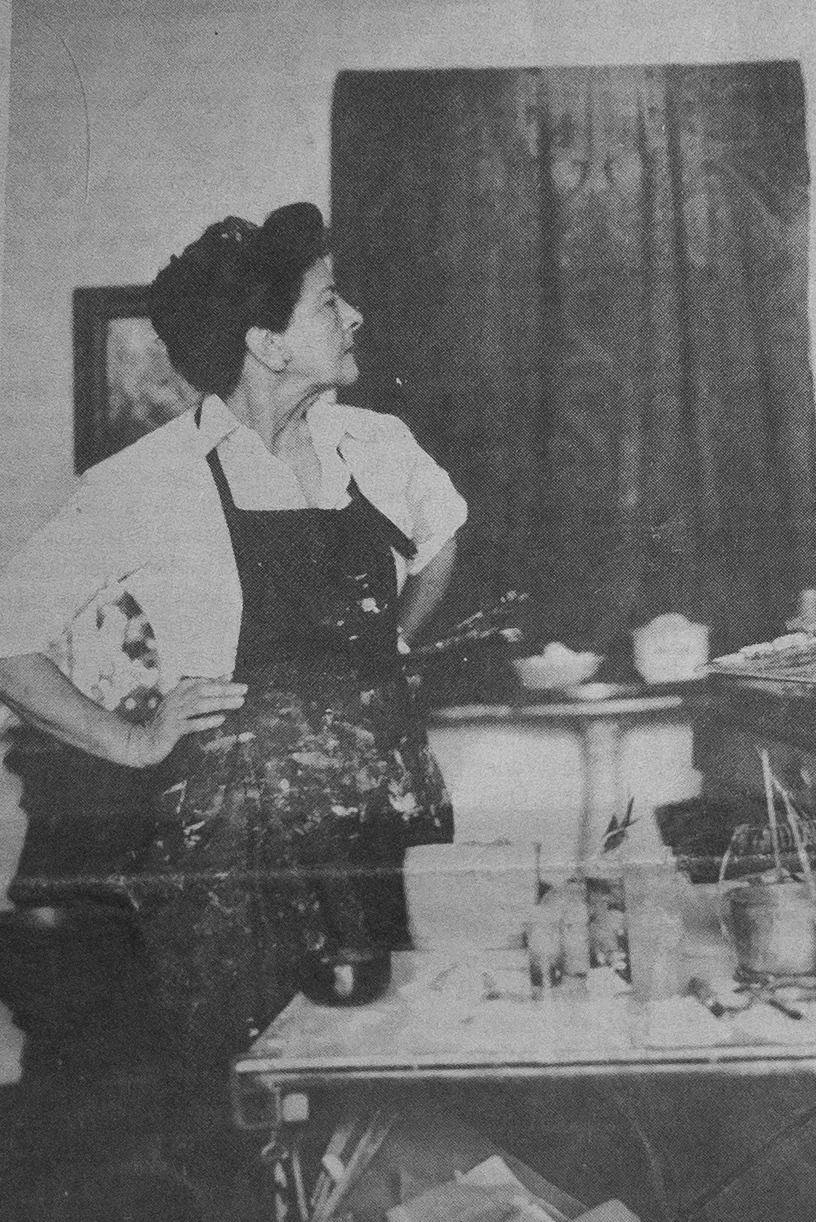Henrietta Hoopes Heath: A Woman Who Painted on Her Own Terms
The art world wasn’t made for women like Henrietta Hoopes Heath—but she never waited for it to be. In the early-to-mid 20th century, when few women gained recognition as painters, she built a career that moved between Washington, Paris, New York, and Los Angeles. She painted what interested her—bullfights, racehorses, portraits—capturing power and motion in a way that drew both collectors and critics.
One of them was Ernest Hemingway, who introduced her 1940–41 exhibition at Knoedler Galleries in New York. Hemingway, a man who made an identity out of war, bullfights, and masculine excess, rarely had patience for artists who tried to capture the ring. But Heath, he believed, understood the moment.
In 1968, she settled in Southern Shores on the Outer Banks, still painting, still following her own vision. She lived without regrets—or so she told her friend Maggie Brydges over lunch in Duck, North Carolina. When Brydges said she’d never met anyone who truly had none, Heath paused, then smiled. “Well, I do regret not ordering a bourbon Old-Fashioned the last time that waitress came by.”
Today, it isn’t easy to find images of Heath’s work. Her paintings are scattered in private collections, museums, and archives—tangible proof of a career that, despite its success, has slipped too far into obscurity. In 2022, Twiddy & Company—a fixture on the Outer Banks—came across a 1986 newspaper interview with Heath, conducted in her Southern Shores studio by Outer Banks Current editor Darel La Prade. It was a rare glimpse into her life, her art, and the way she saw the world.


